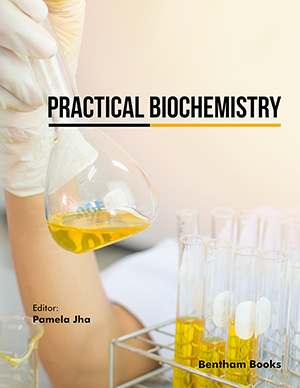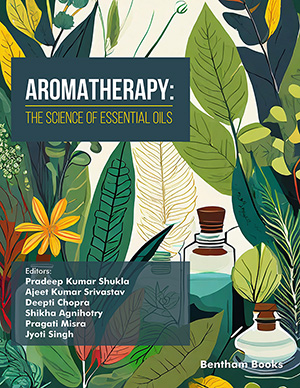
Abstract
Background: 3-Amino-4-(2,4,5-trifluorophenyl) butyric acid has potential pharmacological effects in promoting insulin secretion. Menthol promotes drug transdermal absorption and hypoglycemic effects.
Objective: The objective of the study was to combine the 3-amino-4-(2,4,5- trifluorophenyl) butyric acid and menthol to develop a new candidate drug molecule that can be used as a hypoglycemic drug in type II diabetes.
Methods: In this study, the molecular structure of 3-amino-4-(2,4,5-trifluorophenyl) butyric acid in sitagliptin was modified by replacing pyrazine imidazole with menthol. The structure of the target compound was characterized by nuclear magnetic resonance (NMR). The anti-diabetic activity of BHF in N000180 BKS.Cg-Dock7m+/ +Leprdb/Nju mice with spontaneous diabetes was preliminarily studied.
Results: A potential multi-target drug molecule, 3-amino-4-(2,4,5-trifluorophenyl) butyrate (BHF), was synthesized by combining 3-amino-4-(2,4,5-trifluorophenyl) butyric acid and menthol. BHF is suitable for hyperglycemic mice and has a significant hypoglycemic effect; the low dose of 10 mg/kg-1 started to be effective, and the high dose of 40 mg/kg-1 was more effective than the positive drug metformin.
Conclusion: In this study, BHF has been synthesized and presented significant antidiabetic activities.
Keywords: 3-amino-4-(2, 4, 5-trifluorophenyl)butyrate, menthol, bioactivity, hypoglycemic activity, diabetes, sitagliptin analog.
[http://dx.doi.org/10.1001/jama.2013.168118] [PMID: 24002281]
[http://dx.doi.org/10.1590/1806-9282.63.07.636] [PMID: 28977090]
[http://dx.doi.org/10.7326/0003-4819-131-4-199908170-00008] [PMID: 10454950]
[http://dx.doi.org/10.1097/CM9.0000000000000883] [PMID: 32472786]
[http://dx.doi.org/10.1016/j.biopha.2020.110708] [PMID: 32927252]
[http://dx.doi.org/10.1016/S0140-6736(10)60706-4] [PMID: 20609959]
[http://dx.doi.org/10.1111/j.1463-1326.2006.00704.x] [PMID: 17300595]
[http://dx.doi.org/10.1007/s11655-015-2113-6] [PMID: 26688178]
[http://dx.doi.org/10.1055/s-0037-1601747]
[PMID: 26981940]
[http://dx.doi.org/10.1038/379069a0] [PMID: 8538742]
[http://dx.doi.org/10.1002/anie.202207344] [PMID: 35734849]
[http://dx.doi.org/10.1111/jdi.12625] [PMID: 28106956]
[http://dx.doi.org/10.1016/j.clinthera.2013.11.002]
[http://dx.doi.org/10.3389/fimmu.2021.737170] [PMID: 34512671]
[http://dx.doi.org/10.1021/jm101236h] [PMID: 21218817]
[http://dx.doi.org/10.1016/j.arabjc.2020.09.038]
[http://dx.doi.org/10.26434/chemrxiv.12616151.v1]
[http://dx.doi.org/10.1016/j.enzmictec.2018.10.003] [PMID: 30396399]
[http://dx.doi.org/10.2174/092986712802002491] [PMID: 22709010]
[http://dx.doi.org/10.1016/j.bmc.2011.06.059] [PMID: 21764322]
[http://dx.doi.org/10.1002/anie.200805058] [PMID: 19101975]
[http://dx.doi.org/10.1016/j.bmc.2011.06.032] [PMID: 21741847]
[http://dx.doi.org/10.1016/j.bmcl.2005.06.043] [PMID: 16046120]
[http://dx.doi.org/10.1021/jm0493156] [PMID: 15634008]
[http://dx.doi.org/10.1021/ja902462q] [PMID: 19507853]
[http://dx.doi.org/10.1002/asia.201600798] [PMID: 27380553]
[http://dx.doi.org/10.1080/13543776.2019.1632290] [PMID: 31203700]
 14
14


























